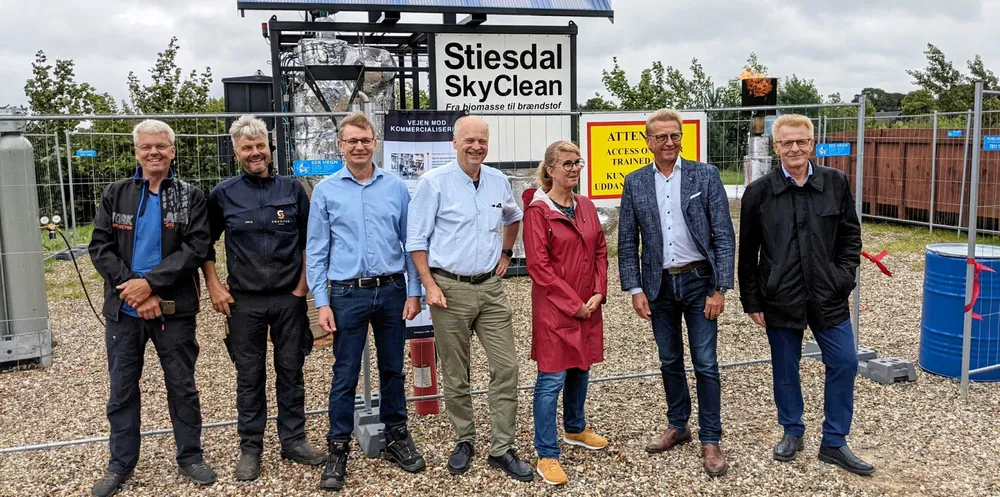Clean energy pioneer Stiesdal starts up 'stepping stone' CO2-negative green fuel plant
Prototype of innovative technology that will produce e-fuel using a pyrolysis oven to avoid generating CO2 launched in Denmark, with 2MW model on near-horizon

Prototype of innovative technology that will produce e-fuel using a pyrolysis oven to avoid generating CO2 launched in Denmark, with 2MW model on near-horizon
